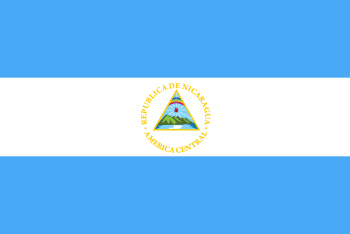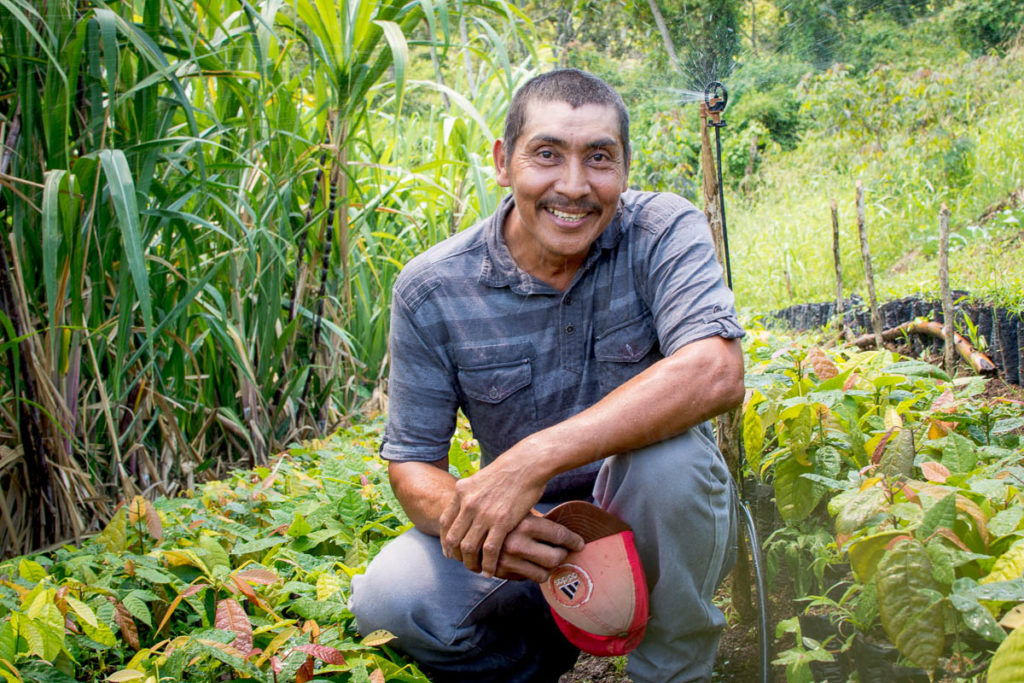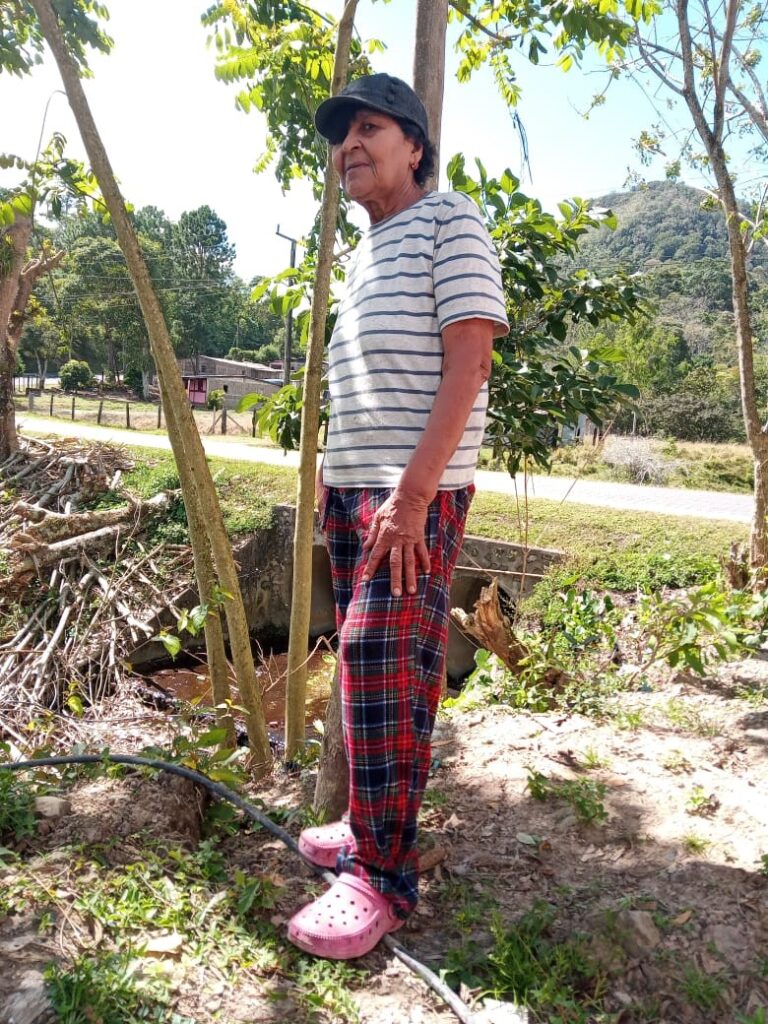 Nicaragua Matagalpa
Nicaragua Matagalpa
$67,121 needed of $100,000

Implementing Organization
World Renew
Program Summary
The Nicaragua Matagalpa program works with communities in the northern mountains of the country. Here, weather patterns are changing quickly and farmers are struggling to adapt. Drought has increased, delaying planting dates. Rains needed during critical times in plant development are no longer predictable.
This program works to increase the capacity of farmers to implement climate change resilient agricultural practices. New farming techniques are tested and promoted through farmer field schools. Trainings cover topics such as integrated pest management, soil fertility practices, crop diversification, and the use and storage of seeds. Recognizing the interconnectedness of food security and health, the program promotes strategies to improve community nutritional education, water, sanitation, and hygiene (WASH), as well as reinforcing culinary skills. The program also works to strengthen community leadership and Savings and Internal Lending Communities.
Blanca's Story - Nicaragua Matagalpa
Success Stories

The Calm After the Storm
“Once bitten, twice shy” is a well-known saying about learning from bad experiences. But Claudia has overcome her mistrust of Savings and Internal Lending Communities stemming from a failed group, and has benefited from saving with a well-run SILC.
In her younger years, Claudia had been a housewife and mother who worked with her husband raising coffee and pigs. A natural leader, she was actively involved in community organizing, coordinating a women’s network, and advocating for her community’s needs. She joined, and had encouraged her neighbors to join, a SILC that ultimately failed.
Imagine the devastation of losing your hard-earned savings because of rule violations, irresponsibility, low participation, and poor financial accountability. Claudia says she and the other members were left feeling discouraged.
When, two years ago, she joined the program run by local partner Centro Inter Eclesial de Estudios Tecnológicos y Sociales (CIEETS), she was receiving humanitarian aid for damage caused by hurricanes ETA and IOTA. She began participating in their Farmer Field School’s “Economic and Agroecological Curriculum” where she received vegetable seeds for backyard cultivation, bean seeds and instruction in best practices.
And once CIEETS gained her trust, she opted into their SILC program, which has stricter protocols for participating groups than the previous organization she worked with. Since then, she’s taken out loans that have helped her start small business ventures like selling snacks at special events and investing in her coffee and bean crops. She envisions a new venture focused on raising and selling chickens.
Claudia continues her commitment to community development and empowerment, motivating others to organize, creating better opportunities for collective growth and fostering change. She advocates for the proper management of the community bean and corn seed bank to ensure a steady supply of seeds for each planting cycle. She’s grateful for all the opportunities she and her neighbors have had that contribute to personal and communal growth
Nicaragua Matagalpa Program
Led by World Renew and Local Partner Centro Inter Eclesial de Estudios Tecnológicos y Sociales
